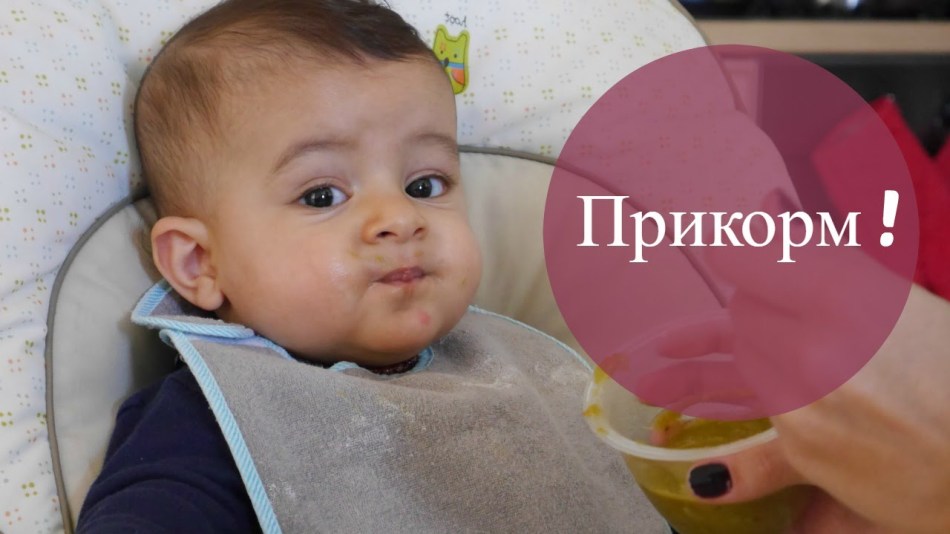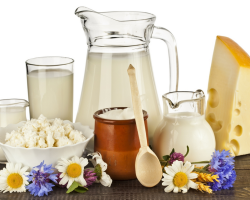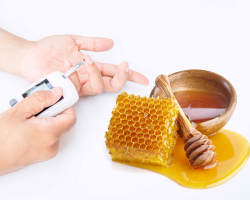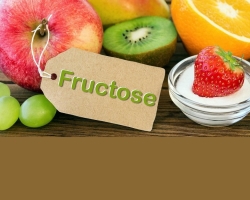The baby is 3 months old - we begin to introduce complementary foods to artisans and infants.
Content
This article is devoted to the first complementary foods, which begins at 3 months. We immediately note that the children on breastfeeding receive all the necessary nutrient elements from the mother’s breast milk, and does not need additions at this age. But if the baby is not saturated, then as an alternative to store mixtures is suitable for complementary foods about which will be discussed below.

We also draw attention to that all children are individual and any complementary foods should be introduced exclusively after coordination with the doctor, as well as with minimal portions (starting drop by drop).
What can be given to the child at 3 months?
The baby was 3 months old and mother, going to the store, already intends to purchase something to enter the child. But is it worth it? For a child, an artificial man who is peppy, cheerful, sleeps well and does not suffer from housing and communal services disorders really can and should be introduced in food. The rest is better to leave such undertakings up to 5-6 months of the child’s life.

For those who are ready to start introducing the following order below, the first portion of the drop, then a little is added. If you saw a bad reaction to the product-postpone all the new complementary foods for 2 weeks, and then give another product, this one after 2-3 months again drops.
Vegetable complementary foods
The first time you will not expect a splash of delight, most likely the baby grimaces and spit out. Over time, it will try. The first dose is a drop, then 1/3 of a teaspoon and then slowly. Even if the baby perceives new food well, you should not enter a new product more than once every two weeks.

Also, mothers are interested in what to give a 3 -month -old child in complementary foods? Earlier, the first feeding was yolks, semolina and an apple with carrots. Currently, all these products are recommended for children over 6 months.
What can you eat a child at 3 months old than feeding?
The first vegetable complementary foods should consist of one of the listed products below:
- Zucchini
- Pumpkin
- Cauliflower or broccoli
After successful administration, you can add potatoes. And only then start adding carrots. Be sure to be the first carrot boiled or steamed.
We choose the right vegetables: note that you give the child. The best option is homemade vegetables grown independently, or bought from close friends/acquaintances/relatives who probably grown them without chemistry. Buying on spontaneous bazaars "home" products even for adults often ends fraught. In this case, products from proven supermarkets are already better.
Video: feeding. Feeding a child by month
How to cook vegetable complementary foods for a 3-month-old child?
Do you have a double boiler yet? Then a colander or a sieve of metal will definitely suit you! Dial water in the pan, let it boil, put vegetables on a sieve or colander, place it so that the water does not reach the vegetables, cover with a lid and wait until cooked.
Grind vegetables with a blender or fork (there is a stereotype that you need to grind to pasty puree. But this is wrong, the baby should learn to grind the product).
Give only freshly prepared. Warm products have a different taste and there is a risk that the child then will cause no reason to give up everything.
Video: 5 errors in the introduction of complementary foods
Porridge
Also, in complementary foods, it is necessary to put cereals a little by little. This can be done in this way: the input of the vegetable, after a week, the input of porridge, in a week the vegetable is introduced. Since cereals usually quickly and easily enter the child’s menu, difficulties arise with them the least.
The first porridge is usually pharmacy, they are both dairy and without lactose. The age and process of cooking is written on them. Therefore, we will not dwell on them.
For mothers, real salvation prefer natural porridge products. The preparation is clear and simple, but you can buy in every nearest store. The first porridge is best chosen buckwheat, corn, rice. For a child of 3 months, it is optimal to cook porridge in milk or water, but so that in 100 gr. The liquid was no more than 20 g. Groups. Then the porridge will turn out to be liquid and be sure to please the baby!
Video: first complementary foods, recipes for making mashed potatoes: where to start
https://www.youtube.com/watch?v\u003dOQBTFCDuy4
Fruits and juices
Another stereotype is the best first feeding juices. Their pediatricians are recommended only after the baby talls and loves vegetables and porridge. The first juices are apple and carrots. To begin with, mono, then you can mix. Children love not only fruit, but also vegetable juices.
Important: right now the child’s preferences are laid. Initially accustom the child to the natural tastes of vegetables, fruits, cereals. It is not recommended to salt and do more sweet, so as not to accustom to “harmfulness” since childhood.
The child feeding mode at 3 months by artificial feeding
At the age of 3 months, the child should eat the volume of a mixture of 1/6 body weight. On average, it is 750-800 ml. The indicators are very relative, since the baby can actively grow and eat a larger number. Be sure to focus on growth/weight indicators, since it is precisely by them that you can determine whether the baby is developing proportionally, whether everything eats enough.

In case of complementary feeding, note that the child will begin to eat a smaller amount of the mixture, but the total amount of food will remain in the same amount.
Important: each child has ups and decreasing appetite. If a child refuses one or more meals, or eats little, do not force. If the appetite remains increased or lowered for several days, this is an alarm and a reason to consult a doctor.
At the age of 3 months, the child’s nutrition should be 6-7 meals, while during the day the intervals between meals are shorter, longer at night. If the child eats through the same amount of time day and night, get the rule of a long evening walk and the night of relative silence.
Video: Child 3 months: daily routine, feeding, skills!
Nutrition and feeding mode of the child at 3 months with mixed feeding
Fans of breastfeeding unequivocally say - natural feeding gives more freedoms. “Fresh” nutrition is always with a mother and baby, respectively, before the introduction of complementary foods, a young mother can move outside the house without restrictions. But it also happens that milk is a little and you need to add other food.
It is best to introduce complementary foods in the morning, initially better than the mixture. Do not be discouraged that milk is not enough. The main thing is that it is, as well as the baby is surrounded by the love of his mother.
Video: complementary foods - School of Dr. Komarovsky
Pediatricians believe that mixed feeding is up to 50% of breast milk. If the mixtures are more than breast milk, then this is already artificial feeding and gradual excommunication.
Why do you need feeding? Sometimes the reason for this is the work or health of the mother, sometimes the condition of the child requires the input of therapeutic mixtures.
A few tips for the correct introduction of donkey at 3 months:
- Unlike artifications, infants do not have to add a mixture to complementary foods. You can cook liquid porridge, and then grind them with a blender to a puree state. As soon as you notice that the baby begins to “chew” gums, let's give a larger grinding, and then completely “adult” porridge.
- Cook cereals and vegetables exclusively on water. Entering dairy products in breastfeeding children closer to 8-9 months.
- Vegetables for feeding are completely identical to artifications, so it will not stop there. Portations, like the former, should begin with drops. Considering that the baby is mainly feeds on the mother’s milk, the risk of allergic reactions is reduced by how many times.
- In addition to vegetables, infants try to enter an apple and banana. Be sure to make sure that fruits are not treated with chemicals. If possible, buy eco-products.
- Entering products is always in the morning. But if you need to leave, leaving the baby, on others a week after the commissioning of complementary foods, you can give until 18.00
And the most important thing is to remember - your child is completely and completely individual. Do not rush events and equal other mothers and children, and even on older brothers and sisters. The unhurried and correct addition of new products is the key to the baby’s health, both at this time and in adulthood! Enjoy appetite to your baby!







